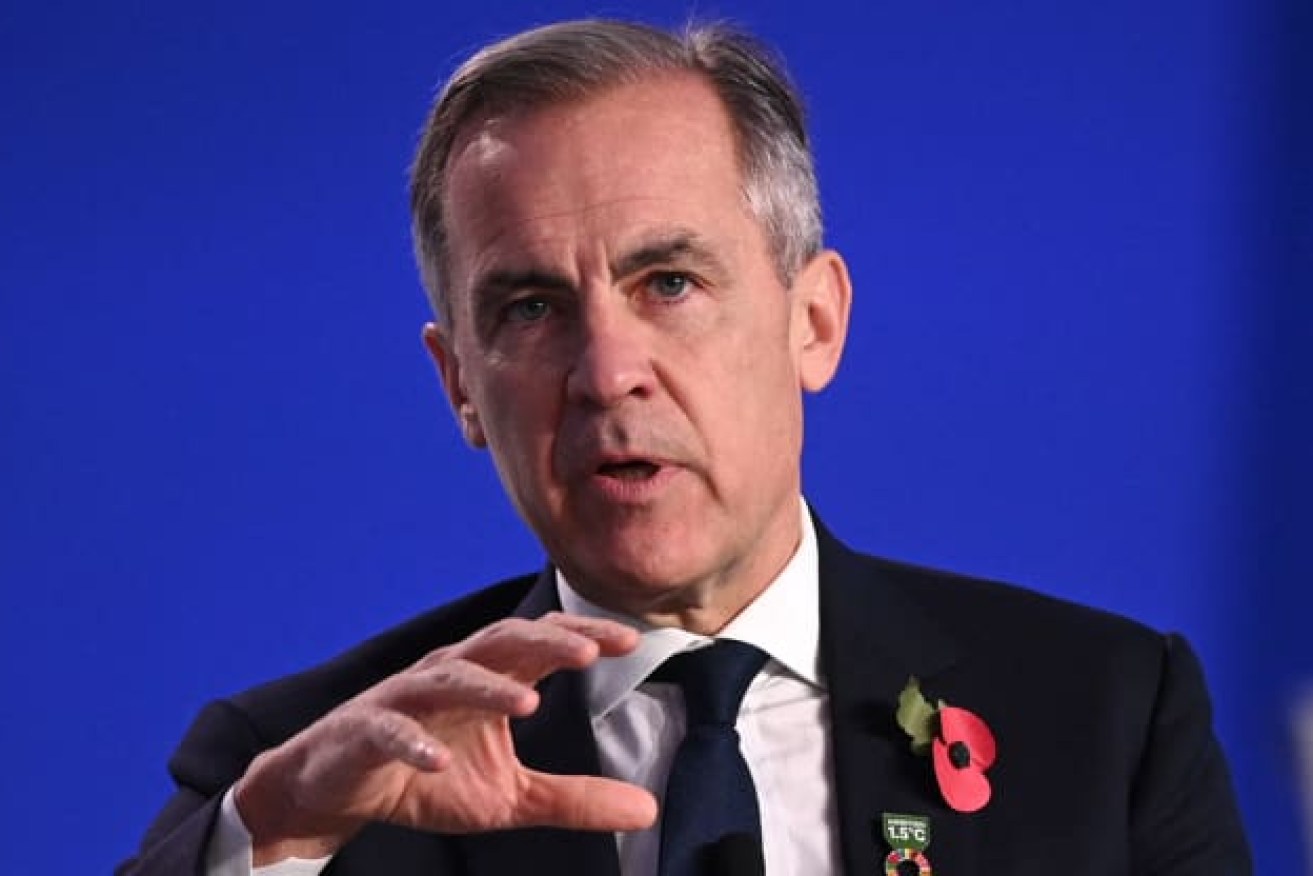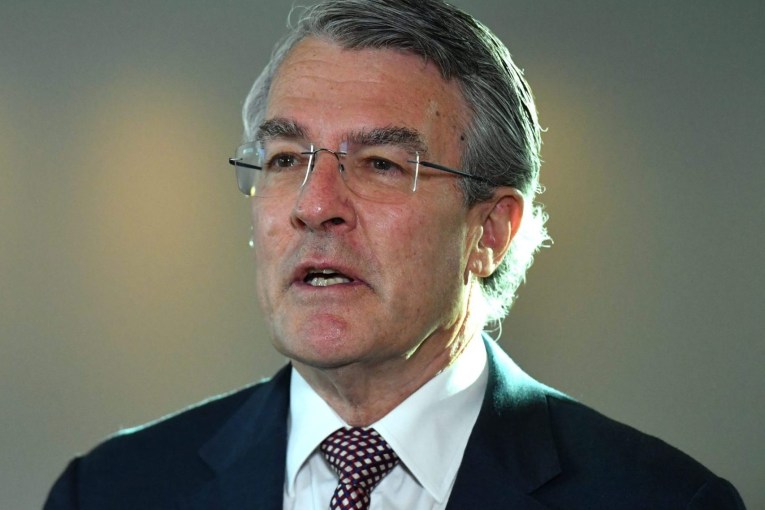How private sector plans to spend $130 trillion to combat climate change
Banks, insurers and investors with $US130 trillion ($A175 trillion) at their disposal have pledged to put combating climate change at the centre of their work, and gained support in the form of efforts to put green investing on a firmer footing.

Mark Carney, the former Bank of England governor and now the UN special envoy for climate action and finance, attends the opening of Finance Day at the COP26 UN Climate Summit in Glasgow.
And in another development at the COP26 UN climate conference, at least 19 countries are expected to commit on Thursday to ending public financing for fossil fuel projects abroad by the end of 2022, two sources said.
In an earlier announcement at the meeting in Scotland, financial institutions accounting for about 40 per cent of the world’s capital committed to assuming a “fair share” of the effort to wean the world off fossil fuels.
A main aim of the COP26 talks is to secure enough promises from individual countries to cut greenhouse gas emissions – mostly from coal, oil and gas – to keep the rise in the average global temperature to 1.5C.
But how to meet those pledges, particularly in the developing world, is still being worked out and it will require a lot of money
UN climate envoy Mark Carney, who assembled the Glasgow Financial Alliance for Net Zero (GFANZ), put the figure at $US100 trillion over the next three decades and said the finance industry must find ways to raise private money to take the effort far beyond what countries alone can do.
“The money is here – but that money needs net zero-aligned projects and (then) there’s a way to turn this into a very, very powerful virtuous circle – and that’s the challenge,” the former Bank of England governor told the summit.
Carney’s comments reflect a problem often cited by investors who, in the face of a myriad of climate-related risks, need to be sure that they are being accounted for in a transparent and preferably standardised way globally.
“Some of the key interlocking pieces of the finance puzzle are now coming together,” said Nick Robins of the Grantham Research Institute on Climate Change and the Environment.
Another piece of the jigsaw is where the public money to assist the transition from carbon dioxide intensive energy and industry will come from, and on Wednesday the United States said it would support a mechanism to raise new finance for clean energy and sustainable infrastructure in emerging markets.
US Treasury Secretary Janet Yellen said the United States would join the United Kingdom in backing the Climate Investment Funds’ (CIF) new Capital Market Mechanism, which would help attract significant new private climate funds and provide $US500 million per year for the CIF’s Clean Technology Fund as well as its new Accelerating Coal Transition investment program.
“The reason I am here is because climate change is not just an environmental issue. It is not just an energy issue. It is an economic, development and market-destabilising issue, and I would not be doing my job if I did not treat it with the seriousness warranted,” Yellen said.
However, others were not convinced by progress at COP26.
“These happy headlines conceal a wealth of loopholes and opportunities for backsliding that we cannot afford if we are to avoid climate breakdown,” the Environmental Justice Foundation said in a statement.
“Net zero pledges mean nothing without fossil fuel divestment. Time for financial institutions to put their money where their mouth is and stop funding climate-destroying fossil fuels,” the NGO’s CEO Steve Trent added.
Carney has led an effort to ensure that financial institutions account for and disclose the full climate risks of their lending or investments, forcing the wider economy to price in costs that until now been largely concealed.
These include not only the direct effects of extreme weather events but also any loss of government subsidies for fossil fuels, or the health and environmental costs of greenhouse gas emissions.
IMF head Kristalina Georgieva said it was crucial to incorporate climate data into everyday macroeconomic reporting.
The vice chair of the global Financial Stability Board, Dutch central banker Klaas Knot, said a mandatory global minimum standard for disclosure of climate risks was now needed for financial stability and the provision of sustainable finance.
The change in private sector financial institutions was praised by UK COP26 President Alok Sharma who said: “What we have seen over the last few years is a big move in the private sector and financial services sector to go green… in the 1990s, clearly (then) climate finance, investing in green, was not mainstream. I do believe it is now mainstream.”
China’s central bank governor, Yi Gang, said officials in Beijing were working on a new monetary policy facility to provide cheap funds for financial institutions to support green projects.












